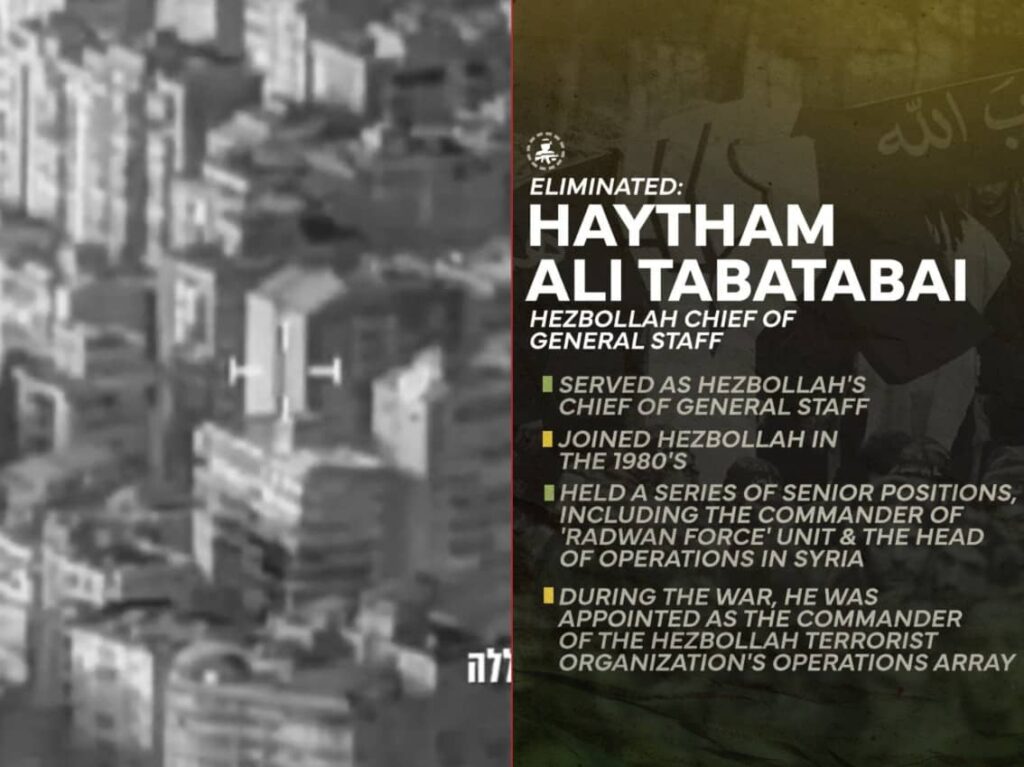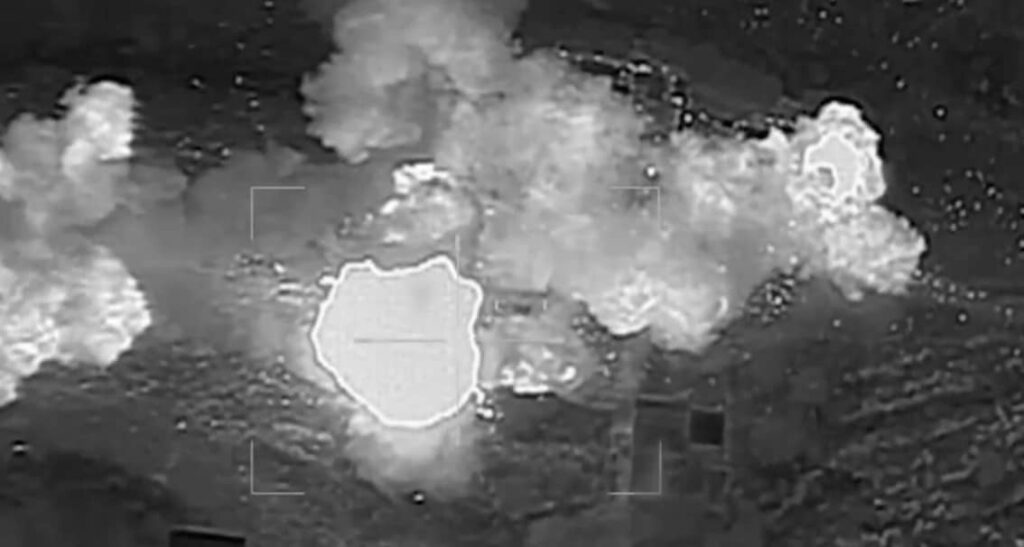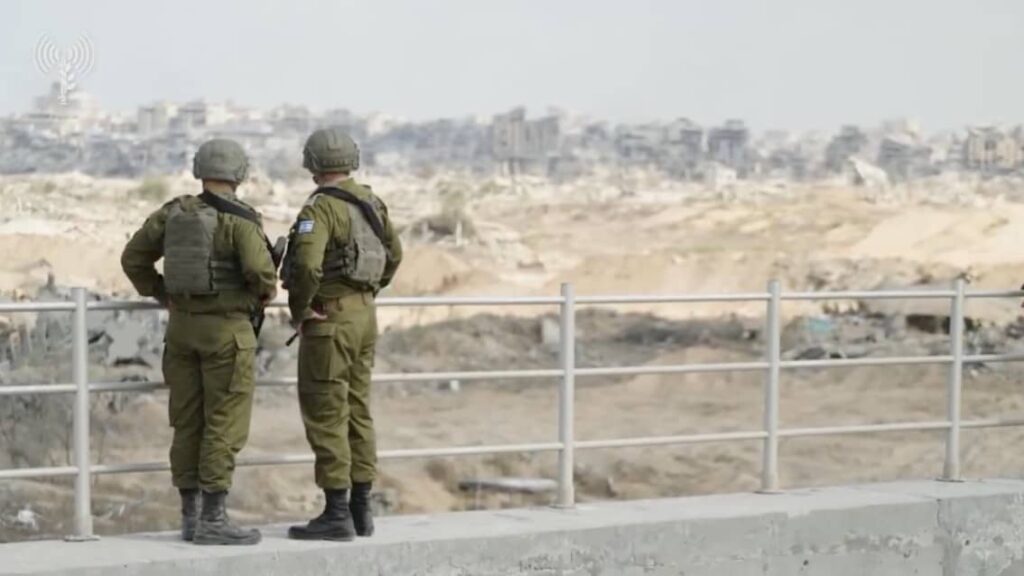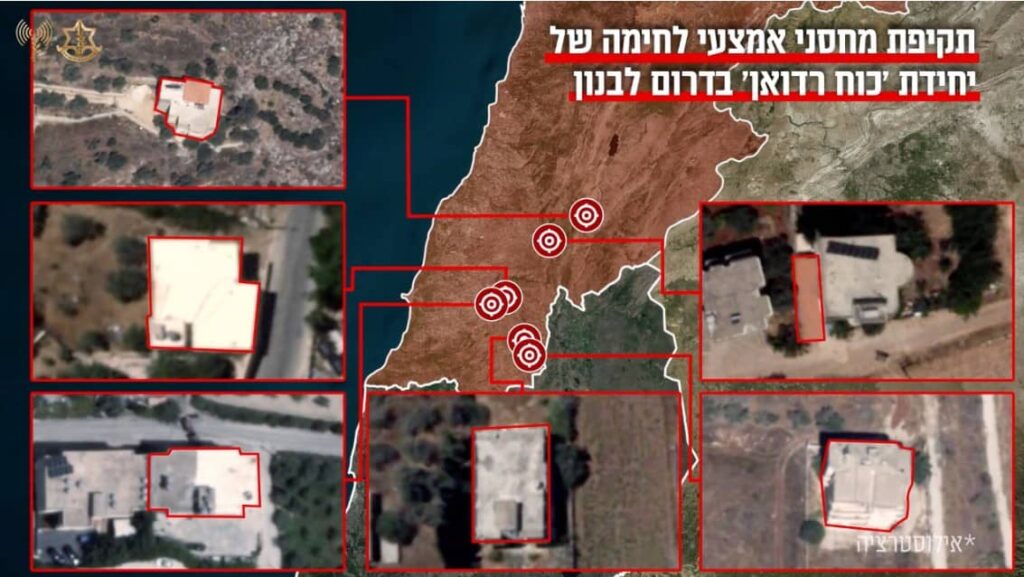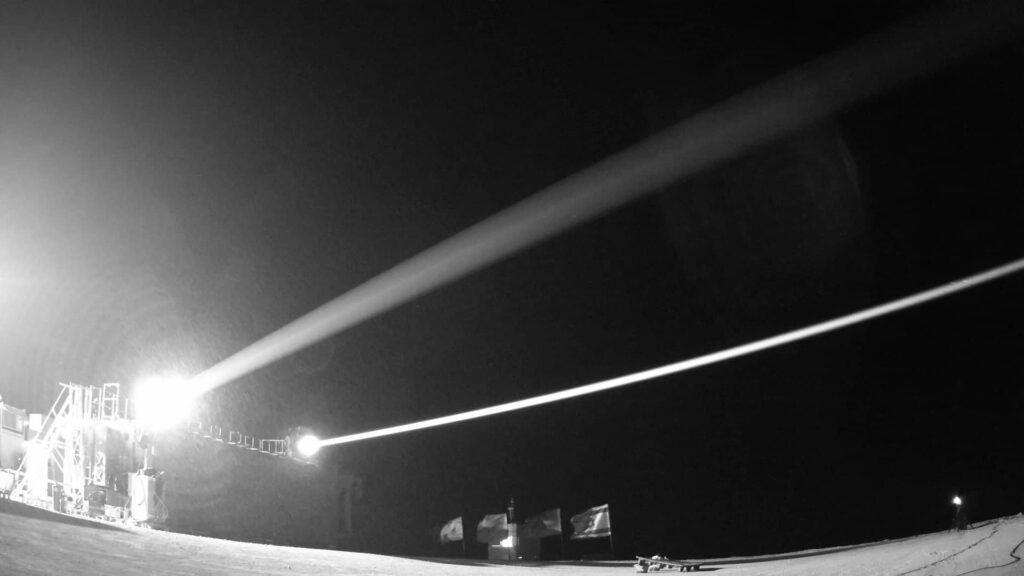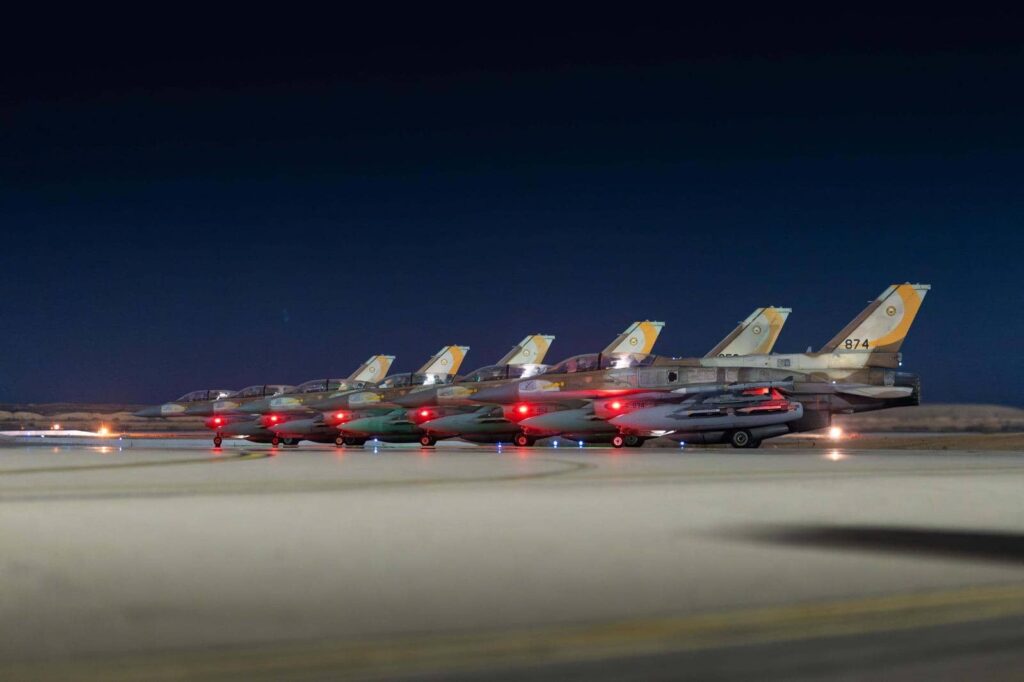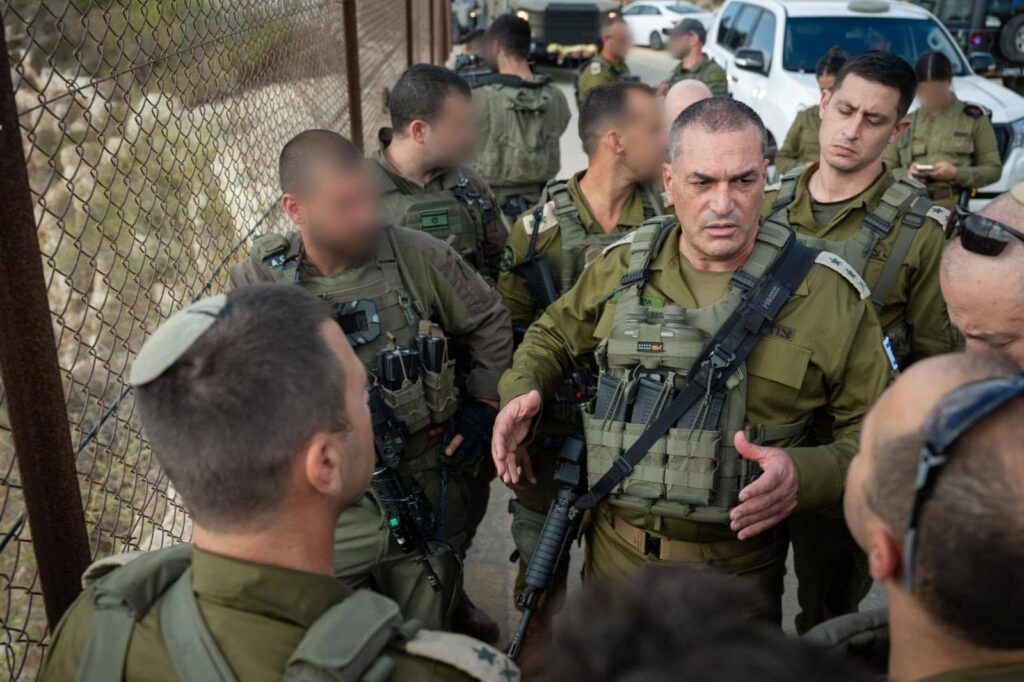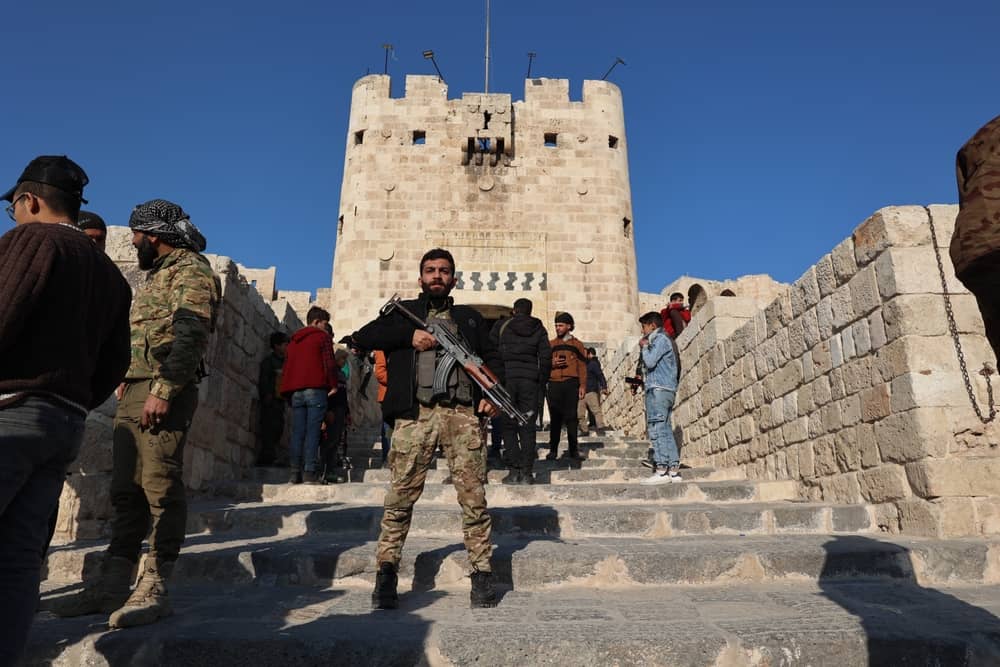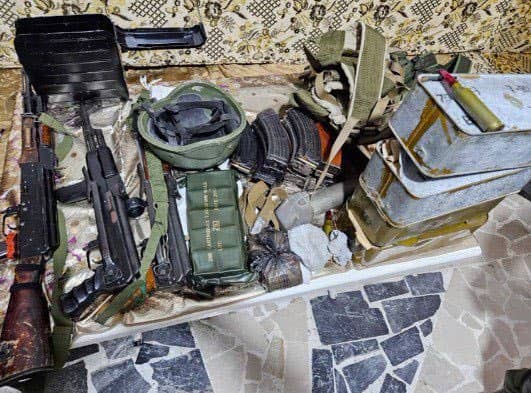U.S. Bolsters Israel’s Air Defenses with THAAD System as Iran Threatens Retaliation
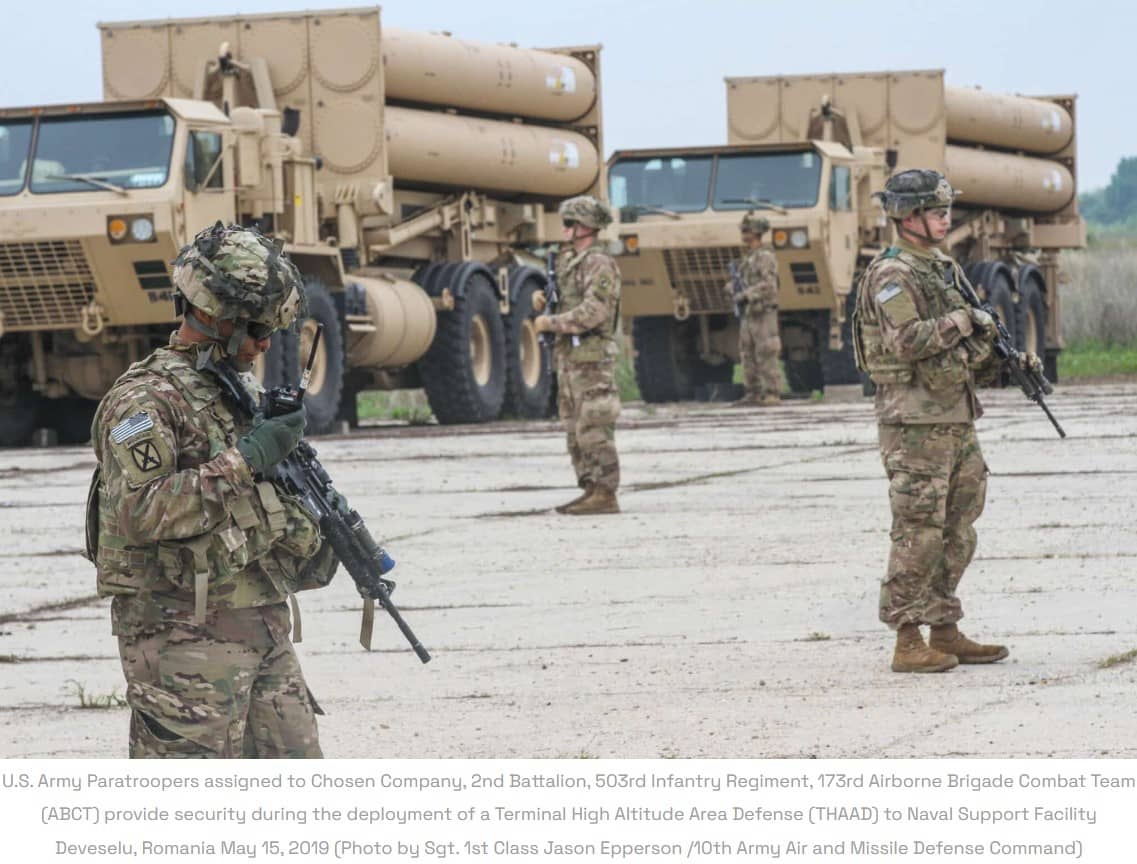
The Pentagon confirmed that the United States will deploy a Terminal High Altitude Area Defense (THAAD) battery to Israel, accompanied by U.S. troops to operate the system, as part of an effort to strengthen Israel’s air defenses. This decision follows a series of missile attacks by Iran, including a barrage of nearly 200 ballistic missiles launched at Israel on October 1. Defense Secretary Lloyd Austin authorized the deployment at the direction of President Joe Biden.
Pentagon spokesperson Maj. Gen. Pat Ryder stated that the THAAD deployment underscores the U.S.’s “ironclad commitment to the defense of Israel” and to safeguarding U.S. personnel in the region. The THAAD system, designed to intercept short, medium, and intermediate-range ballistic missiles, adds a crucial layer to Israel’s defense, which has faced increasing threats from Iran and its proxy groups in Lebanon and Gaza.
Iran has warned the U.S. against boosting its military presence in Israel, with Iranian officials claiming on social media that such actions would escalate tensions. Iranian Foreign Minister Abbas Araghchi reiterated Tehran’s warning, vowing retaliation if Israel responds to the missile attacks. Iran characterized the attacks as retaliation for Israel’s alleged assassination of key Hezbollah and Hamas leaders in Beirut and Tehran. Israel has yet to confirm its response, though Defense Minister Yoav Gallant has hinted that any action would be “deadly, precise, and surprising.”
The THAAD battery is expected to arrive in Israel within weeks and will complement Israel’s current missile defense systems, including the Iron Dome and the recently retired U.S.-made Patriot systems. The THAAD is considered a complementary system to the Patriot, but it can defend a wider area. It can hit targets at ranges of 150 to 200 kilometers (93 to 124 miles), and is used to destroy short-range, medium-range and limited intermediate-range ballistic missile threats that are either inside or outside the atmosphere.
The U.S. Missile Defense Agency is responsible for developing the system, but it is operated by the Army. An eighth system has been funded and ordered and is expected to be in the field sometime next year.

